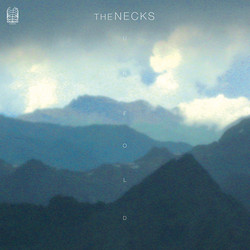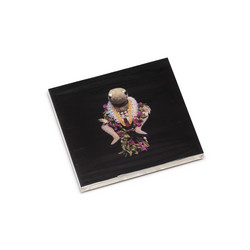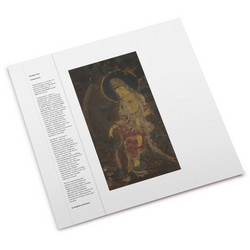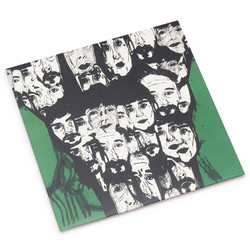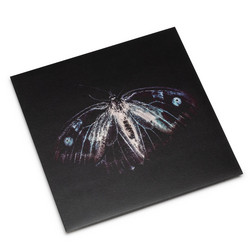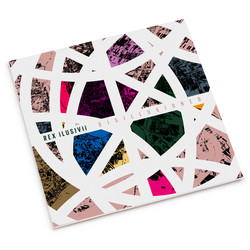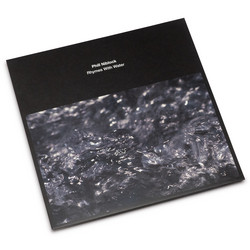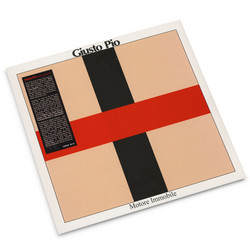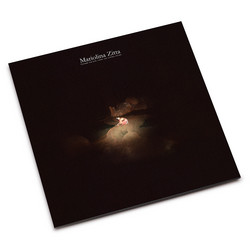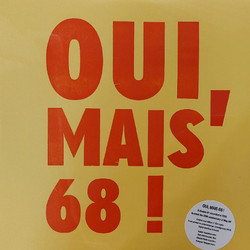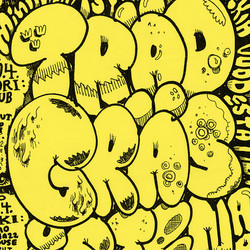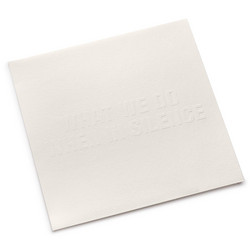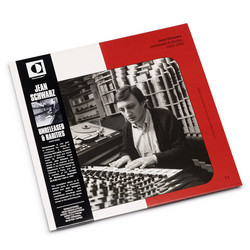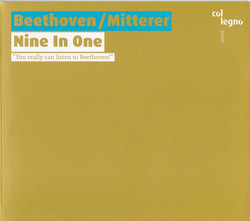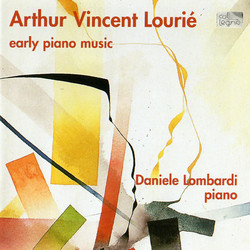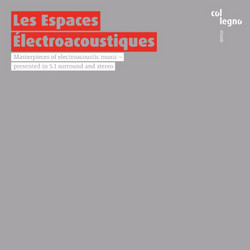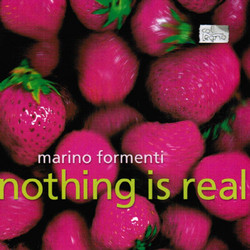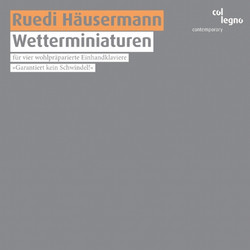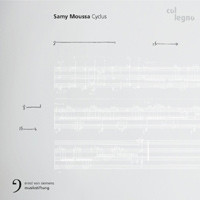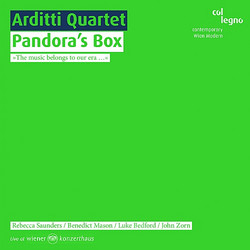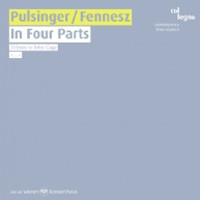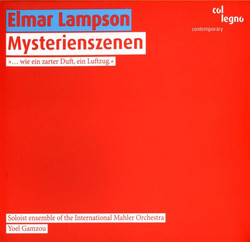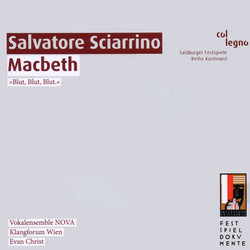"I wrote Mise en Scène between July 1992 and May 1994. Apart from the four additional clarinets involved besides the soloist (two of them as 'doppelgangers' of the soloist) having to move around in the hall during the five movements of the composition, the choice of title is also justified by a number of scenographic instructions that constituted an, albeit vague, starting point for the whole composition." For his concerto José Ramón Encinar also falls back on his own compositions for clarinet, in particular Tukuna (1976) and Concert Movement (1979), only borrowing material from them, though, not copying them. As the five movements proceed, new combinations of orchestra and soloist continue to emerge. When the first movement starts, for example, the four "mobile" clarinets are backstage, but when it ends they are by the soloist's side, joined by an echo wind sextet (used again later on) comprising two horns, two trumpets and two trombones. Or in the third movement, vibraphone, marimba, glockenspiel and celesta team up for an intriguingly colored counterpoint. And the finale finishes off with a great cadenza for double bass clarinet: the lowest pitched member of the clarinet family in this magnificent Mise en Scène plays the last, profound tone.
Details
Cat. number: WWE 1CD 20003
Year: 1995
